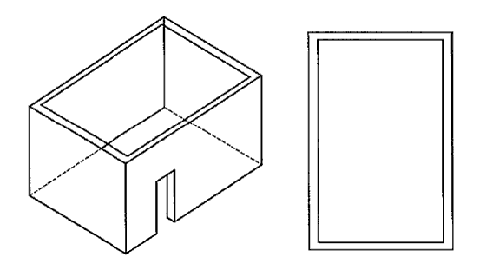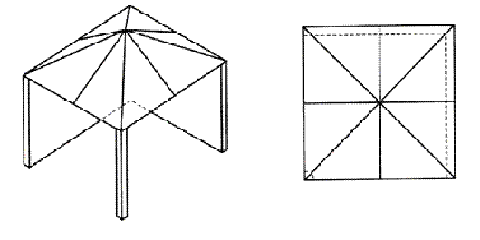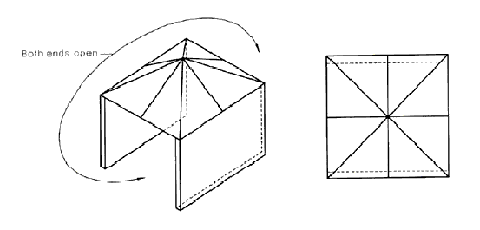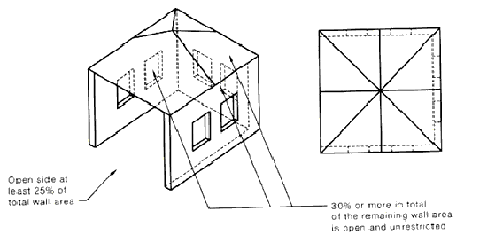Natural and LPG gas need oxygen to burn. But not enough oxygen in a room or in a partially enclosed area with limited ventilation can cause other gases to build up and can be dangerous.
Carbon monoxide poisoning - SA Health
Good ventilation will pull fresh air in and can keep oxygen levels higher.
Indoor gas appliances
Gas appliances designed for indoor use are tested to make sure they are safe. This includes appliances that are:
- power flued – a fan pushes the used air and other gases outside
- natural draught flued – chimney draws other gases up and out
- un-flued – expels the other gases and used air back into the room.
Rooms using a flued systems must have permanent ventilation to the outside. Gas instantaneous water heaters must not be installed in a bathroom or room with limited ventilation unless they are a ‘room sealed’ type.
Don’t use any un-flued and natural draught systems in:
- small rooms such as bathrooms
- rooms used for sleeping
- rooms with limited ventilation.
Flued appliances - safety checks
Ducts, piping or chimneys that vent used air and other gases outside can block up, have a fault or become damaged.
Signs of an unsafe flue can include:
- discoloured walls or appliances
- moisture forming on the inside of windows.
Contact a licensed gas fitter to inspect the appliance before you use it if you're concerned.
Unflued appliances - safety checks
Doors, windows, skylights or ventilation grilles should never be sealed while you are using an unflued gas appliance indoors.
By law, rooms with a unflued gas space heater must also have two permanent ventilation openings to outside at:
Each opening must have a minimum area of 1,000 square millimetres per megajoules per hour (MJ/h), based on the maximum gas consumption level of the heater.
Before choosing and installing an unflued gas space heater, speak to a licensed gas fitter to ensure the heater is appropriate for the size and type of room, and there is enough ventilation.
The types of unflued indoor gas space heaters that can be installed in South Australia is restricted and safety checks are in place.
Restricted indoor space heaters
It's not safe to use an unflued gas appliance in a bedroom, bathroom, caravan or marine craft (or any room used for sleeping).
Outdoor gas appliances
If you intend to use an outdoor gas appliance in an area that is partially enclosed, such as a verandah or courtyard, the area must have either:
- no roof
- at least two of the sides completely open - these open sides must be at least half of the total wall area
- one side is open and 30% of the remaining area is unrestricted, for example large, permanently open windows.
For an area that isn’t a rectangle, use the same principle so at least half of the wall space around the structure is open.
Partially closed areas with adequate ventilation
No roof on structure

Two sides open

Two sides open

One side and 30% of remaining walls open and unrestricted


